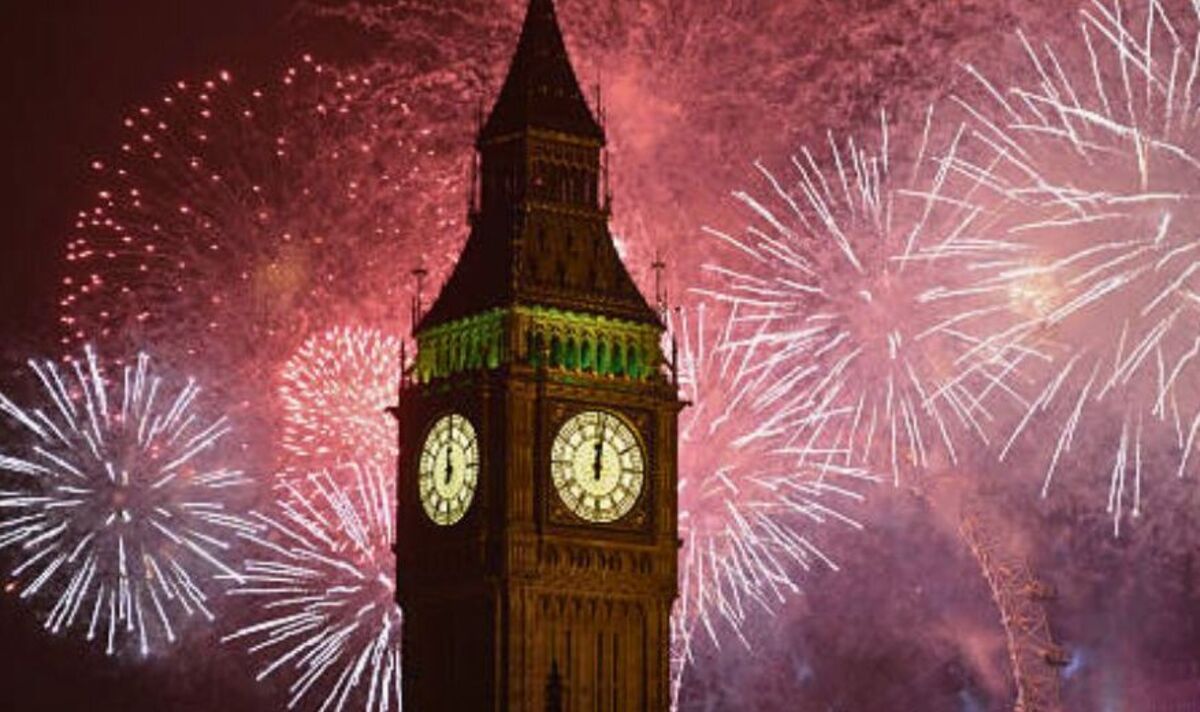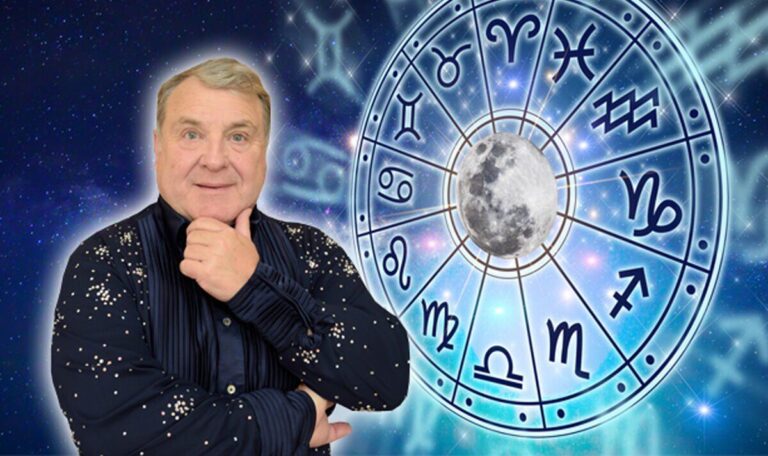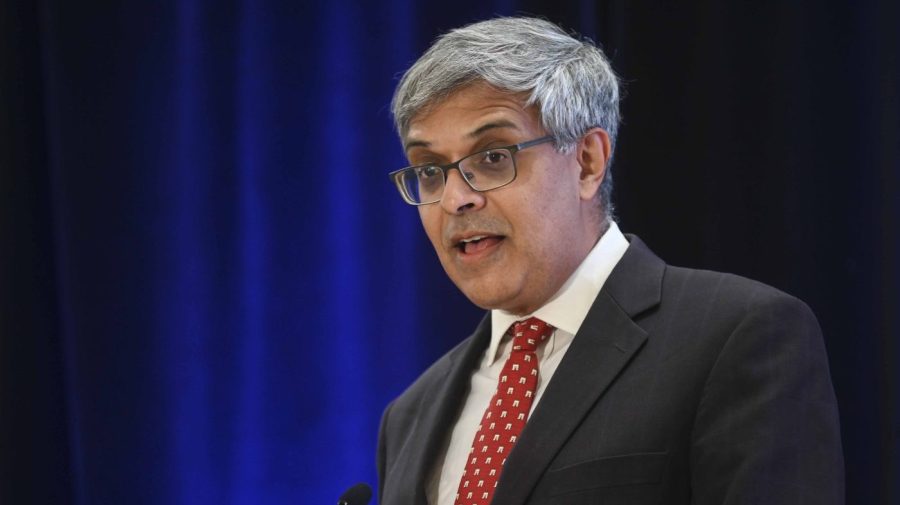
As soon as the clock strikes midnight to mark the end of December 31 tonight, you will likely be greeted with people cheering and immediately bursting into a chorus of Auld Lang Syne.
This traditional Scottish folk song is sung worldwide on New Year’s Eve to mark the end of another year, but it is not known who originally wrote the song.
Robert Burns, Scotland’s most famous poet, is the first person to have recorded the song in the late 18th century but he has admitted that the song was long in circulation for centuries before he wrote it down.
In Scotland, it is traditional for people to join hands and begin singing the song as soon as it strikes midnight on New Year’s Eve.
It is customary for people to cross their arms, join hands with those closest to them as they sing, and then toast with drinks when the song ends.
READ MORE: Europe’s pretty fairytale city that’s one of the best places to visit for NYE
Auld Lang Sang is believed to have become popular abroad due to Scottish immigrants taking the song to the US and Canada in the 19th century.
However, the song became the traditional New Year song thanks to a Canadian musician named Guy Lombardo from the band the Royal Canadians.
He sang Auld Lang Syne in 1929 as part of America’s first nationwide New Year’s Eve radio broadcast at the Roosevelt Hotel in New York. The song was broadcast across America and it quickly became a New Year’s tradition to sing Auld Lang Syne in the States.
Lombardo was nicknamed “Mr New Year’s Eve” due to how popular his hosting was and he is best remembered as being the presenter on both radio and television who helped America bring in the new year for nearly fifty years.
It is now traditional in America for the Royal Canadians recording of Auld Lang Syne to be the first song played at Midnight on New Year’s Day at Times Square.
Auld Lang Syne has become the quintessential New Year’s Eve song due to its nostalgic and sentimental lyrics.
Auld Lang Syne can be translated to “old long since” or “old days gone by” and the lyrics are meant to reflect the passage of time and the importance of celebrating the past. In the Scots’ language, “for auld lang syne” can loosely be translated to mean “for old time’s sake.”
The song speaks about how old friendships and relationships should not be forgotten no matter how much time passes. The biggest theme of the song is that it is important to look back on your past experiences with fond memories.







